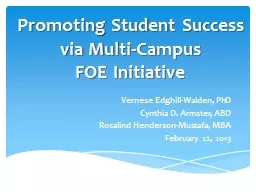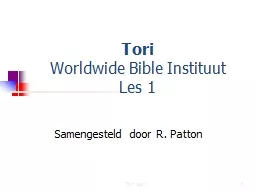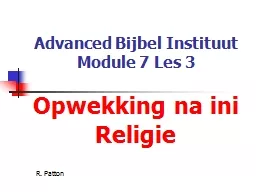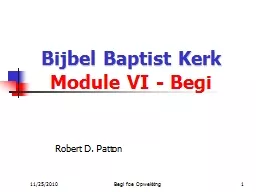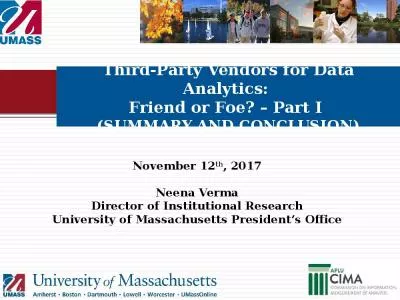PPT-Bonferroni: Friend or Foe?
Author : alexa-scheidler | Published Date : 2018-12-10
Multiple Testing in Cardiovascular Medicine Dhruv S Kazi MD MSc AHA Cardiovascular Outcomes Research Fellow Stanford University kazistanfordedu Off hand Id say youre
Presentation Embed Code
Download Presentation
Download Presentation The PPT/PDF document "Bonferroni: Friend or Foe?" is the property of its rightful owner. Permission is granted to download and print the materials on this website for personal, non-commercial use only, and to display it on your personal computer provided you do not modify the materials and that you retain all copyright notices contained in the materials. By downloading content from our website, you accept the terms of this agreement.
Bonferroni: Friend or Foe?: Transcript
Download Rules Of Document
"Bonferroni: Friend or Foe?"The content belongs to its owner. You may download and print it for personal use, without modification, and keep all copyright notices. By downloading, you agree to these terms.
Related Documents


